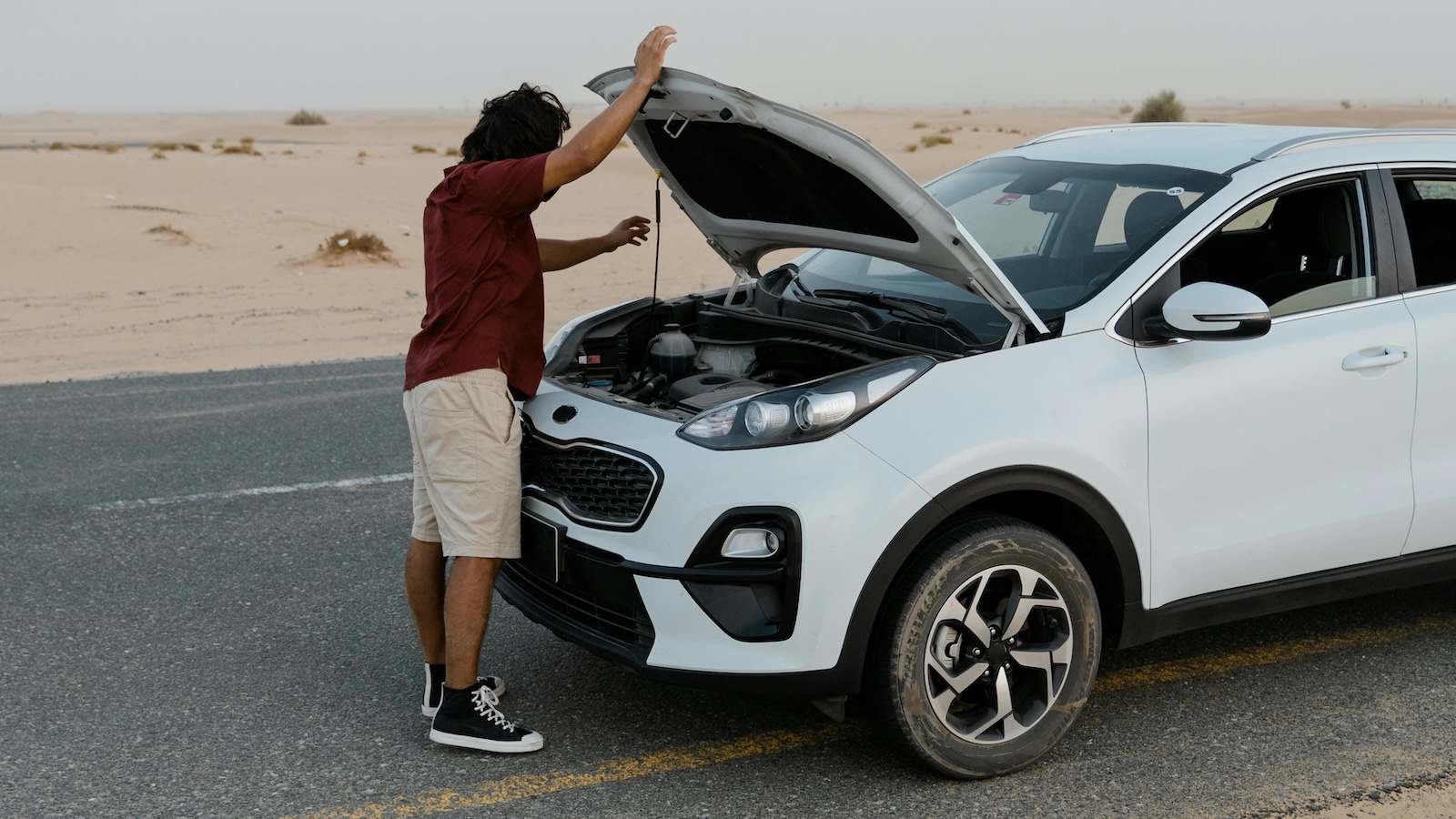Drivers are, without a doubt, a fleet’s greatest asset. Because of that, ensuring their health and safety is of primary importance. At the same time, organizations must take into account that the behavior and performance of their drivers has an enormous impact on both corporate reputation and profitability. With more and more drivers on the road, there are naturally more risks associated with driving fleets. To better understand how to create a safe environment for drivers, it’s important to understand in what ways fleet drivers might be putting themselves – or others – at risk.
Dangers on the road
50 million people are injured each year due to traffic violations. These are just in reference to basic laws: following speed limits, adhering to a safe following distance, yielding to pedestrians and stopping at red lights, to name a few. Here are some sobering statistics:
- The leading cause of death in the U.S for ages one to 54 is road crashes.
- At least 20% of crashes are caused by drivers who have driver fatigue or fall asleep at the wheel.
- More than 50% of the 5 million yearly crashes in the U.S. are caused by aggressive drivers (with speeding being the most prevalent). Additionally, drivers between the ages of 19 and 39 are significantly more likely to engage in aggressive behaviors.
- Rear-ending is the most frequent type of crash (about 29%).
- Each year, about 2 million drivers who are in car accidents end up with permanent injuries.
These are just a handful of the things that can occur on the road, but one thing is clear: There will always be risks involved with driving. Within the fleet industry, it’s important to note that the most common cause of crashes is distracted driving. In fact, distracted driving injured more than 420,000 drivers and killed 3,142 people in 2020 alone, according to the National Highway Traffic Safety Administration (NHTSA).
It's not uncommon for someone stopped at a red light to quickly glance at their phone, but if it holds their attention and the light turns green, someone behind them may become impatient and honk, causing the driver to hit the gas without even looking around. Or perhaps a driver is running late to a job site and sends a text to their manager while driving and runs a red light. Either of these circumstances – and more – could wind up in a collision.
One report that included 3,411 responses from fleet safety professionals within an array of job functions, industries and fleet sizes, found that more than a third of accidents reported within a year showed the fleet driver at fault. When crashes occur, there will almost assuredly be costly repairs to vehicles, which can reduce the number of vehicles on a road. Crashes can also bring lawsuits, medical expenses, raised insurance costs and the risk of damaged reputation to an organization.
See also: How Geospatial Data Lowers Traffic Risk
Finding a solution
We know these are critical issues that must be addressed, but how? Nearly half of the fleet safety professionals from the previously mentioned study reported that planning, where safety is concerned, is not an issue, but executing it was a primary pain point in achieving safety goals. However, more than half of those who use telematics/GPS tracking reported that the technology is very effective in helping improve safety within a fleet.
A telematics tool like a dash camera can detect a number of things, including hard acceleration, driver drowsiness, speed limit violations, following distance, seatbelt compliance and traffic light and stop sign violations, to name a few. Each second is analyzed for safety via artificial intelligence to recognize risky driving behaviors – and without any human intervention needed. AI can send alerts or provide coaching when drivers exceed any threshold that’s been set for a variety of behaviors. This provides drivers the opportunity to improve their habits on the road.
Should there be an incident, a dash camera can detect it in real time. This gives managers the ability to quickly determine who was at fault with video capture and then perform intelligent automated reporting for increased visibility across a fleet. Essentially, dash cameras can do all the heavy lifting when it comes to any review, evaluation and storage of footage.
When fleet managers deploy their drivers, they must protect not only the drivers but other drivers and pedestrians on the road, as well. Telematic tools like dash cameras empower organizations to recognize and correct dangerous behaviors. They are an invaluable asset that will create efficiency and safety, as well as reduce downtime and costs associated with unsafe driving habits, giving managers a way to confidently safeguard employees, a company’s reputation and the bottom line.






